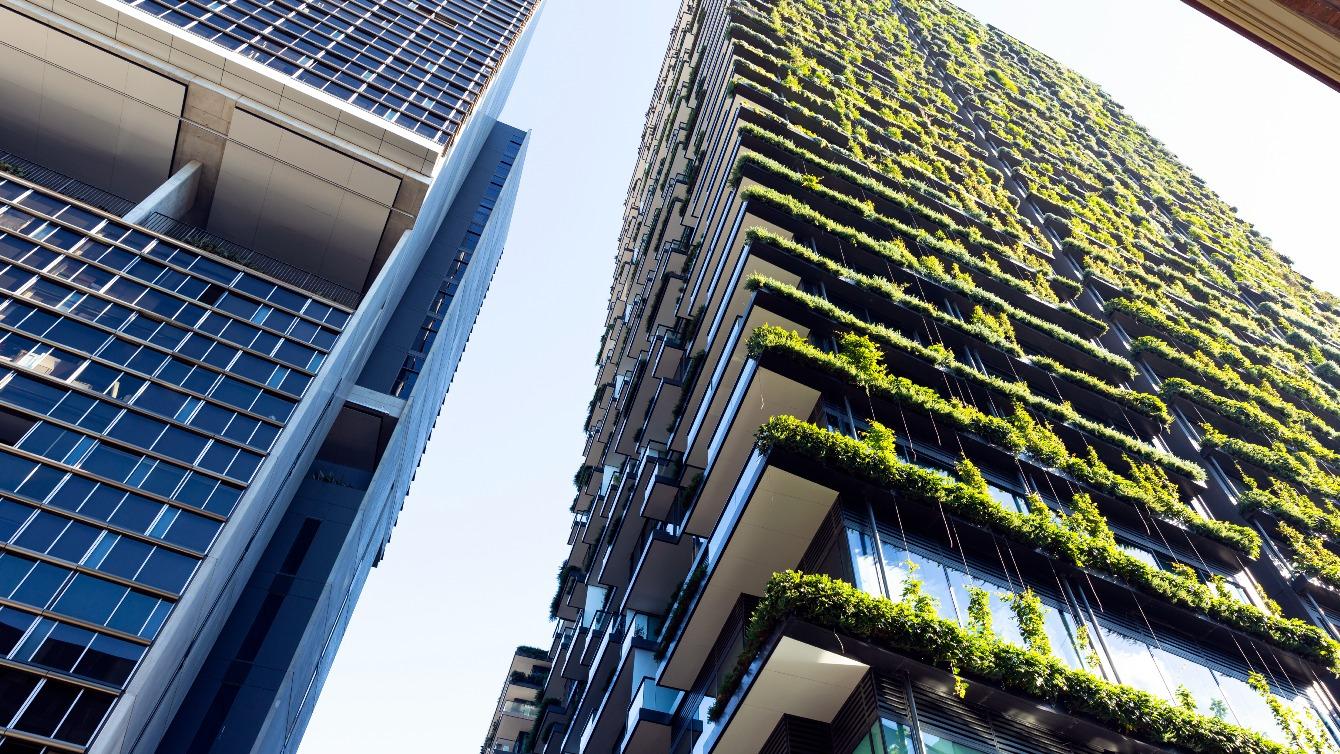{{item.title}}
{{item.text}}

{{item.title}}
{{item.text}}
16 May 2024
In Brief
On 9 May 2024, Treasurer Rita Saffioti delivered the 2024-25 Budget for Western Australia (WA), the eighth State Budget for the WA Labor Government, and the minister’s first as Treasurer.
The WA State Budget refers to the strong financial performance of WA, with a sixth consecutive operating surplus for FY24 and further operating surpluses predicted over the forward estimate period, driven by continued strength in the resources sector and WA economy.
The Budget outlines a series of spending measures across health, housing and homelessness, education and training, transport (including the Metronet Project), community protection, and diversifying and decarbonising the economy.
The Budget contains very few new revenue measures or changes to the State tax regime.
In Detail
The key highlights in relation to the State’s financial position include:
The Budget is based on the following key economic assumptions for the 2024-25 year: Real State Final Demand Growth of 3.25%, Employment Growth of 1.75%, Unemployment Rate of 4.0%, Wage Price Index Growth of 3.75%, Perth Consumer Price Index of 3.0% and Population Growth of 1.8%.
The Budget revenue forecasts are based on a conservative long term iron ore price assumption of US$75 per tonne. Key future variable assumptions on which the Budget is based also include the strength of the commodities sector (and flow on impact to payroll tax receipts), Federal grants and GST distribution and duties on property transactions in WA.
The key revenue measures outlined in the Budget include:
No other proposed changes in relation to stamp duty, land tax, payroll tax, or any other taxes have been announced as part of the Budget.
The key expenditure commitment made by the Government as part of the 2024-25 Budget include:
The Takeaway
The 2024-25 Western Australian Budget delivered in early May by Treasurer Rita Saffioti includes a series of spending measures across a number of sectors, and refers to the strong financial performance of the state. The Budget did not provide for any significant revenue raising initiatives that have not yet already been announced.
If you would like to further discuss this alert, reach out to our team or your PwC adviser.
George Papadakos
© 2017 - 2025 PwC. All rights reserved. PwC refers to the PwC network and/or one or more of its member firms, each of which is a separate legal entity. Please see www.pwc.com/structure for further details. Liability limited by a scheme approved under Professional Standards Legislation.
